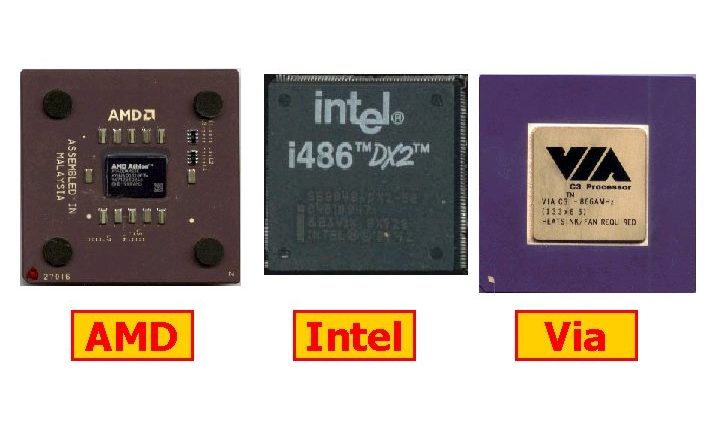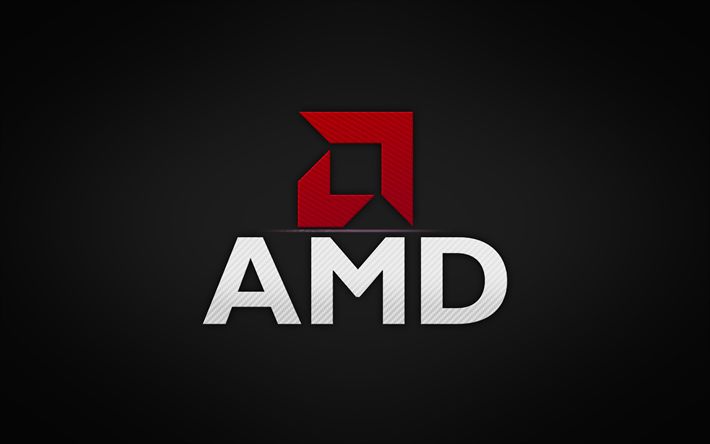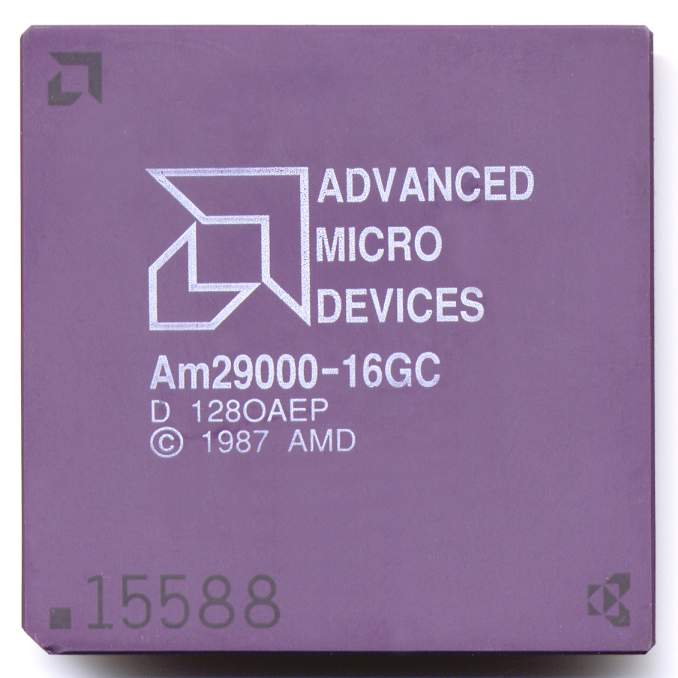The Intel 8086 microprocessor and its 8088 derivatives are the basis for the x86 family of instruction set architectures. The Intel 8086 microprocessor was released in 1978 as a completely 16-bit version of Intel’s 8-bit 8080 microprocessor, featuring memory segmentation as a method for addressing more memory than a single 16-bit address could cover. Because multiple successors to Intel’s 8086 CPU, such as the 80186, 80286, 80386 and 80486 processors, finish in “86,” the phrase “x86” was coined.
Over the years, several modifications and extensions to its instruction set have been made, almost always with full backward compatibility. Many businesses have adopted the design, including Intel, Cyrix, AMD, VIA Technologies, and others; there are also open implementations, such as the Zet SoC platform (currently inactive). However, only Intel, AMD, VIA Technologies, and DM&P Electronics have x86 architecture licences, and only the first two are actively developing current 64-bit designs.

Most desktop computers, laptops, and game consoles (with the exception of the Nintendo Switch) sold in 2021 are based on the same architecture, while ARM dominates mobile categories such as smartphones and tablets. At the high end, it continues to dominate compute-intensive workstation and cloud computing segments, while the fastest supercomputer is ARM-based, and the top four are no longer based on the same processor.
Companies like IBM, VIA, NEC, AMD, TI, STM, Fujitsu, OKI, Siemens, Cyrix, Intersil, C&T, NexGen, UMC, and DM&P began designing and manufacturing x86 processors (CPUs) for personal computers and embedded systems at various times. Such x86 implementations are rarely straightforward clones; instead, they frequently use various internal microarchitectures and electronic and physical solutions.
Early compatible microprocessors were naturally 16-bit, with 32-bit devices coming considerably later. Around 1990, real quantities of i386 and i486 compatible processors, typically called identically to Intel’s original chips, began to appear in the personal computer market. ITT Corporation, National Semiconductor, ULSI System Technology, and Weitek are some of the other businesses that designed or built x86 or x87 CPUs.

Following the fully pipelined i486, Intel launched the Pentium brand (which, unlike numbers, could be trademarked) for their new superscalar x86 designs. With the x86 naming scheme now legal, other x86 vendors had to come up with new names for their x86-compatible products, and some chose to stick with variations of the numbering scheme at first: IBM partnered with Cyrix to produce the 5×86 and then the extremely efficient 6×86 (M1) and 6x86MX (MII) lines of Cyrix designs, which were the first x86 microprocessors to implement register renaming to enable speculative execution.
In the meantime, AMD designed and manufactured the advanced but delayed 5k86 (K5), which was internally based on AMD’s earlier 29K RISC design; similarly to NexGen’s Nx586, it used a strategy in which dedicated pipeline stages decode x86 instructions into uniform and easily handled micro-operations, a method that has remained the basis for most x86 designs to this day.

Heat dissipation issues plagued several early versions of these microprocessors. The 6×86 had a few minor compatibility issues, the Nx586 lacked a floating-point unit (FPU) and (the then-critical) pin compatibility, and the K5 had relatively disappointing performance when it was (finally) released.
Despite the fact that the K5 had extremely high Pentium compatibility and the 6×86 was much faster than the Pentium on integer code, customer ignorance of alternatives to the Pentium series contributed to both designs being comparatively unsuccessful. With the K6 processors, AMD was able to establish itself as a viable challenger, paving the way for the Athlon and Opteron processors.
Centaur Technology (previously IDT), Rise Technology, and Transmeta were some of the other contenders. The Centaur firm designed VIA Technologies’ energy saving C3 and C7 processors, which have been sold for years. The VIA Nano, Centaur’s most recent design, is the company’s first superscalar and speculative processor. The Intel Atom, Intel’s first “in-order” CPU since the P5 Pentium, was released around the same time.

The architecture of the instruction set has been extended twice to accommodate greater word sizes. In 1985, Intel released the 32-bit 80386 (later known as i386), which gradually replaced earlier 16-bit chips in computers (though typically not in embedded systems) over the next few years; this extended programming model was initially called as the i386 architecture (like its first implementation), but Intel later changed it to the IA-32 when introducing its (unrelated) IA-64 architecture.
AMD upgraded its 32-bit architecture to 64 bits from 1999 to 2003, referring to it in early publications as x86-64 and later as AMD64. Intel quickly incorporated AMD’s architectural extensions, dubbed IA-32e, EM64T, and finally Intel 64. The terms “x64” and “amd64” are used by Microsoft and Sun Microsystems/Oracle, respectively.
Firms that can make x86:
In the current scenario, Intel licenses only three businesses to produce x86-architecture processors. Intel (duh), AMD, and VIA – a lesser-known Taiwanese business that provides motherboard chipsets, memory, and a few not very finely made CPUs.
Also Read:




